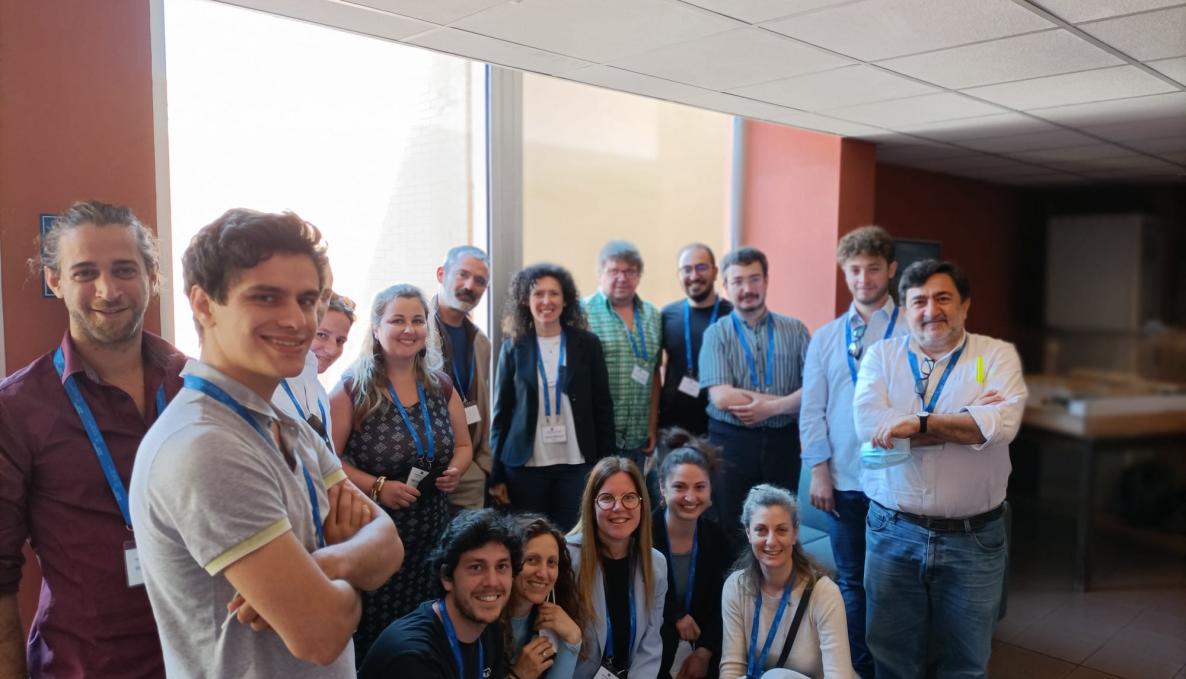The interaction between biology and engineering develops new bio-inspired robotic solutions in the medical field and for marine monitoring. MAPWORMS, coordinated by the BioRobotics Institute, is the new project funded by European Commission

Making robots small, adaptable, and responsive to external stimuli, with the ability to deform and change morphology, but also to repair themselves. This is the goal of MAPWORMS, a European project (EIC programme) coordinated by The BioRobotics Institute of Scuola Superiore Sant'Anna, which started on May 1, 2022 and involve researchers from universities and companies with a duration of 4 years.
MAPWORMS aims at challenging traditional robotics concept by proposing robots inspired by simplified marine organisms (sipunculids, a phylum of animals that live predominantly in shallow seas) able to perform tasks in response to environmental stimuli and to adapt to the environment with a shape-morphing strategy.
“Taking inspiration from these simple marine organisms – says Arianna Menciassi, project coordinator - we are trying to combine DNA biological actuators, new laser stimulation techniques, hybrid microfabrication solutions, and advanced mathematical models to create small, deformable, and low environmental impact robots dedicated to medical applications or marine monitoring”.
The project involves two research areas of The BioRobotics Institute: the 'Surgical Robotics' group led by Menciassi, and the 'Mathematical and Computational Modeling' group coordinated by Prof. Antonio De Simone.
“Modeling the mechanics of like-like miniature machines is extremely exciting – says De Simone - Looking at biology with the functionalist viewpoint of the engineer often leads to new understanding of biological mechanisms and functions and to bio-inspired artificial constructs with superior performance. In this two-way interaction between biology and engineering mathematical modeling plays an important role in the it allows to distill the essence of one mechanism, phrase it in the portable language of mathematics, and make it available to applications at different length scales, or based on different material systems, that can be very different from the one that initially prompted the research. Concretely, we will study how spatio-temporal modulation of activation and stiffness of stimulus-responsive materials can be used for shape control of soft robots”.
In addition to the BioRobotics Institute of the Scuola Superiore Sant'Anna, MAPWORMS also involves the following partners: CoNISMa, Consorzio nazionale interuniversitario per le scienze del mare (Italia); HCMR, Hellenic Centre for Marine Research (Grecia); HUJI, The Hebrew University of Jerusalem (Israele); VEXLUM, spin-off of the Optoelectronics Research Centre (ORC) Tampere University (Finlandia); ACMIT Gmbh - Austrian Center for Medical Innovation and Technology, R&D in the field of medical technology (Austria).



